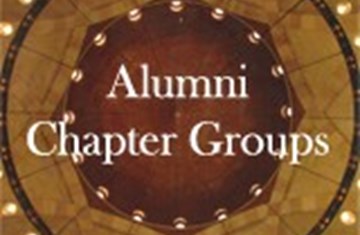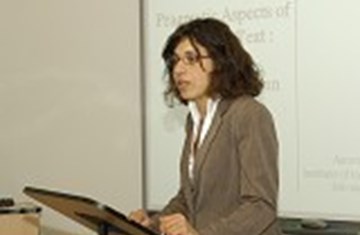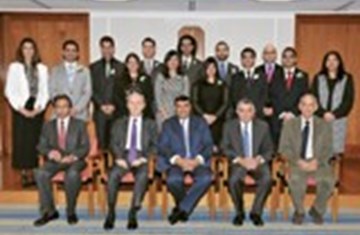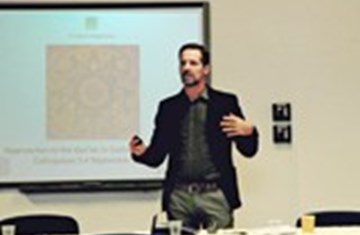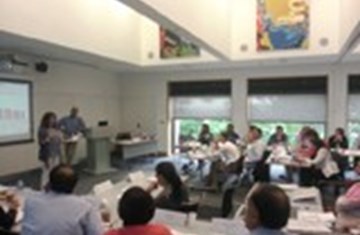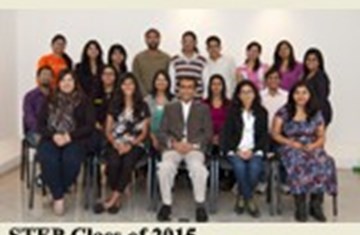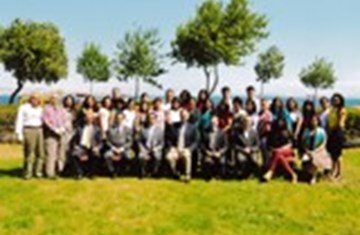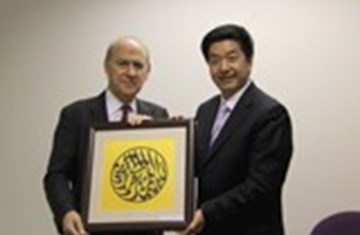Diversity of Mosque Architecture Focus of Pluralism Seminar
In his illustrated lecture, Professor Khan guided the audience through the diversity of mosque architectures in the Muslim world from the first communal masjid in the house of the Prophet Muhammad, to present day expressions, noting how social and cultural contexts have affected the form mosques may take. With local examples from the Middle East and Iran to North and South America, the traditional “emblem” of a mosque as containing domes and minarets was situated in a geographical and socio-historical context with other prevalent forms.
According to Professor Khan, the emergence of a standard of architectural vocabulary for mosque architecture, containing domes and minarets, presents challenges for maintaining the long-standing Muslim tradition of constructing architecturally diverse spaces for worship and communal congregation. Much of this, Khan argues, is a contemporary trend to re-present and articulate Muslim identity to both fellow Muslims and those outside the Muslim cultural vein.
The Institute’s current lecture series, “Muslim Pluralism: Historical and Contemporary Encounters with the Internal Others,” explores in an interdisciplinary manner the diverse ways in which Muslims have addressed issues of authority, governance, knowledge, gender, material culture, social relations, space, language, ethics and the sacred.

